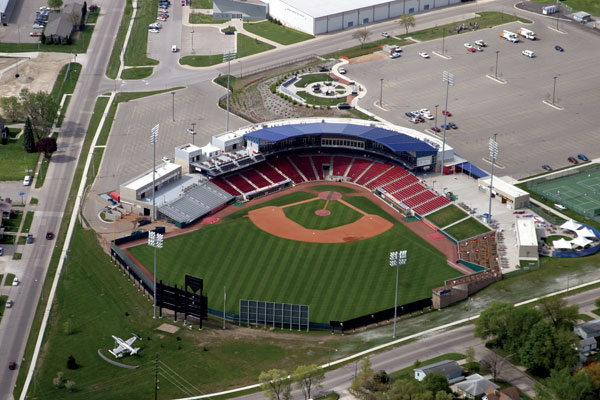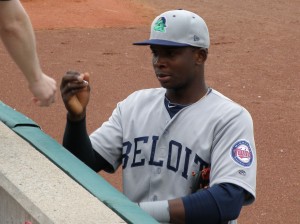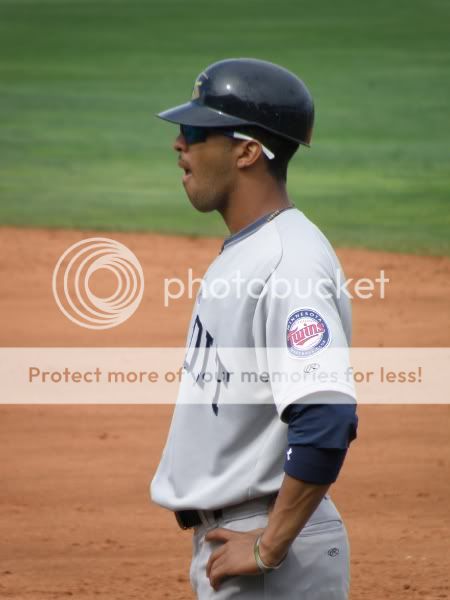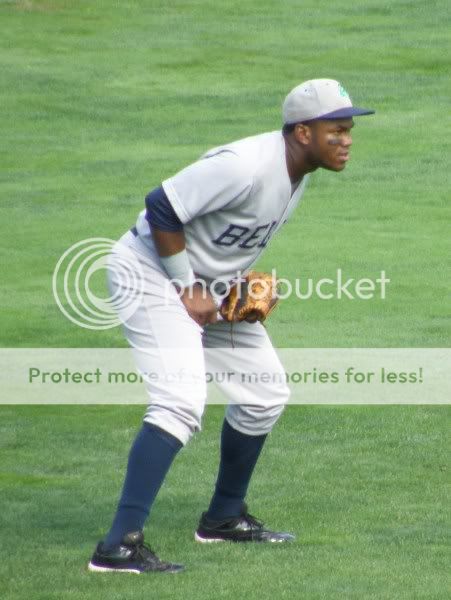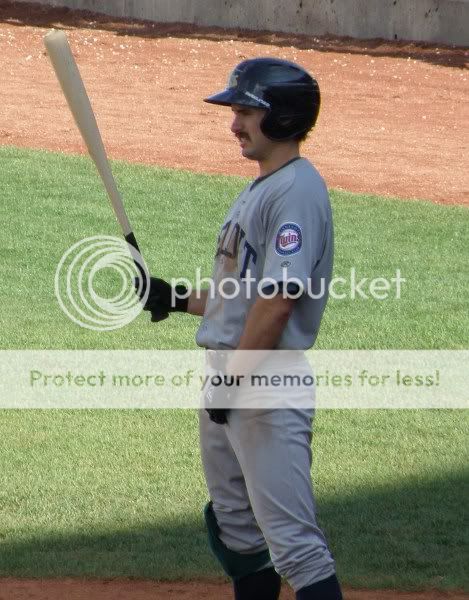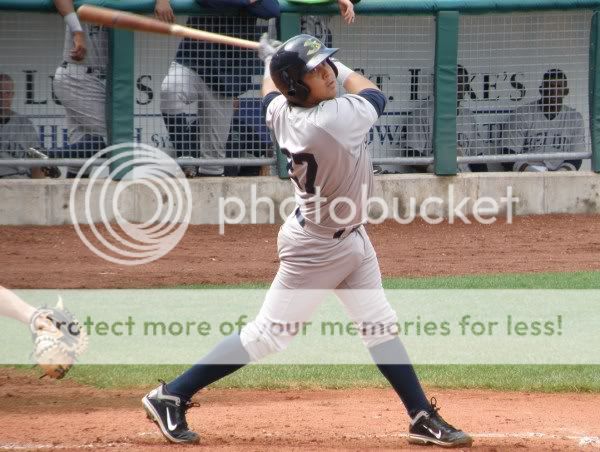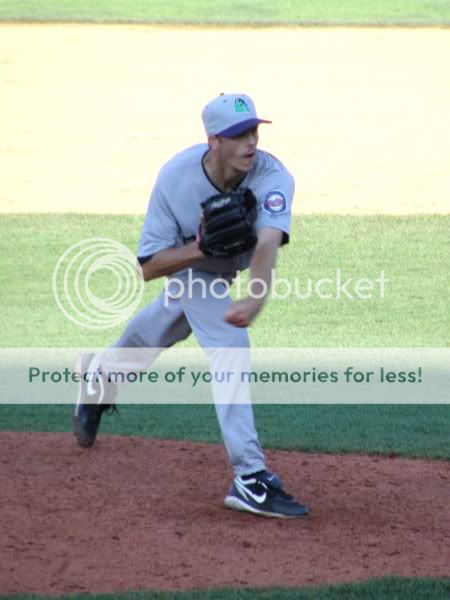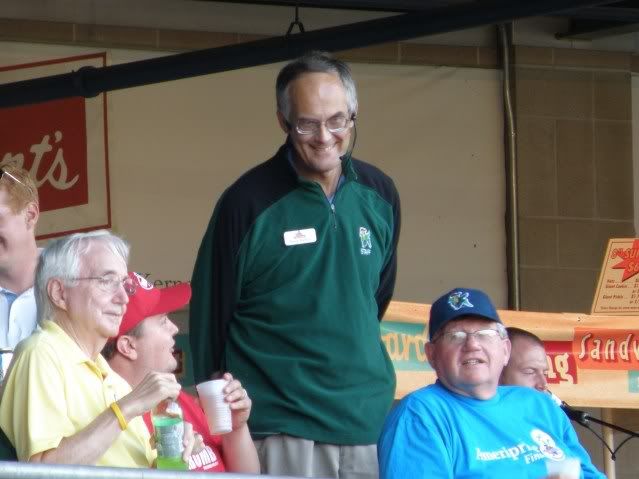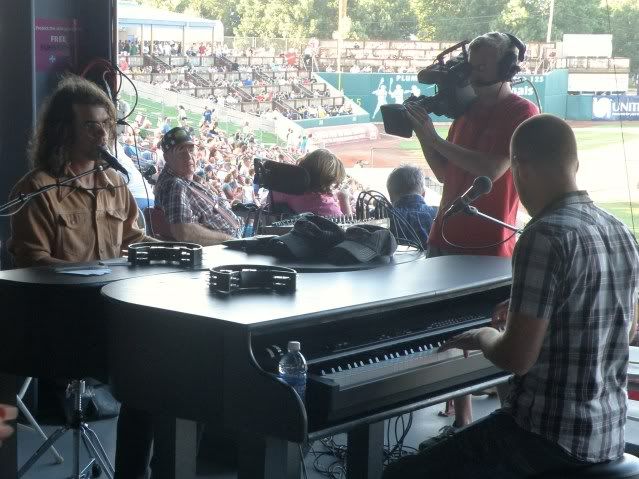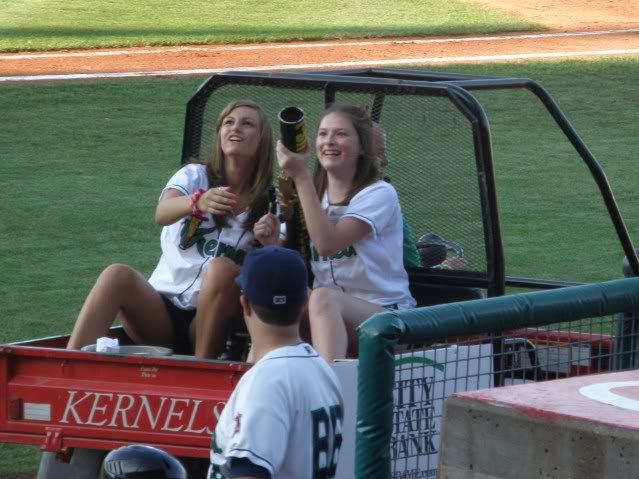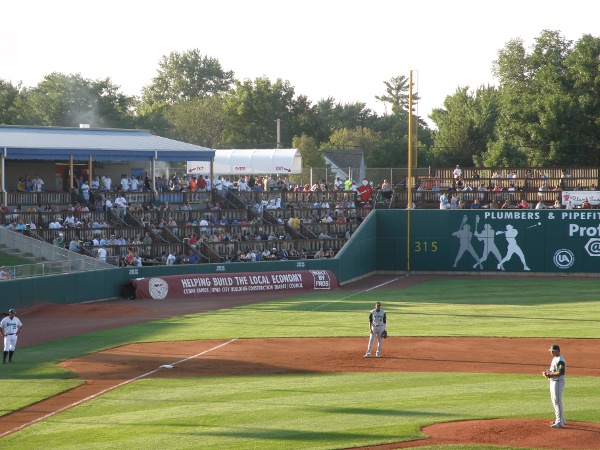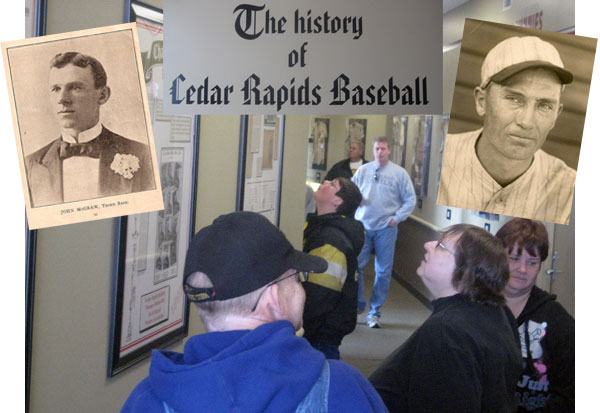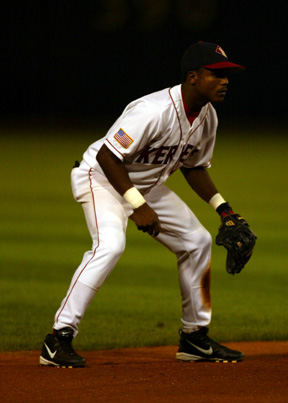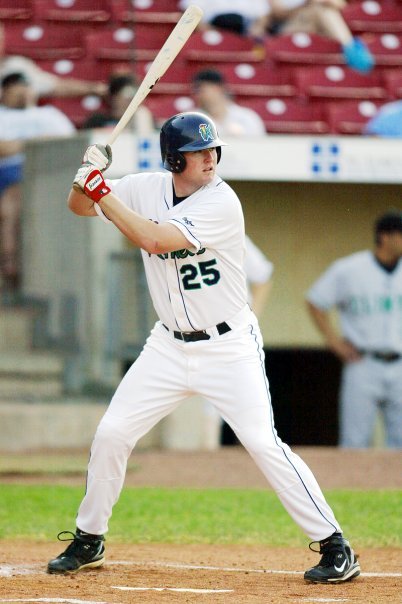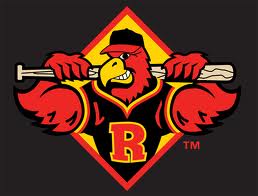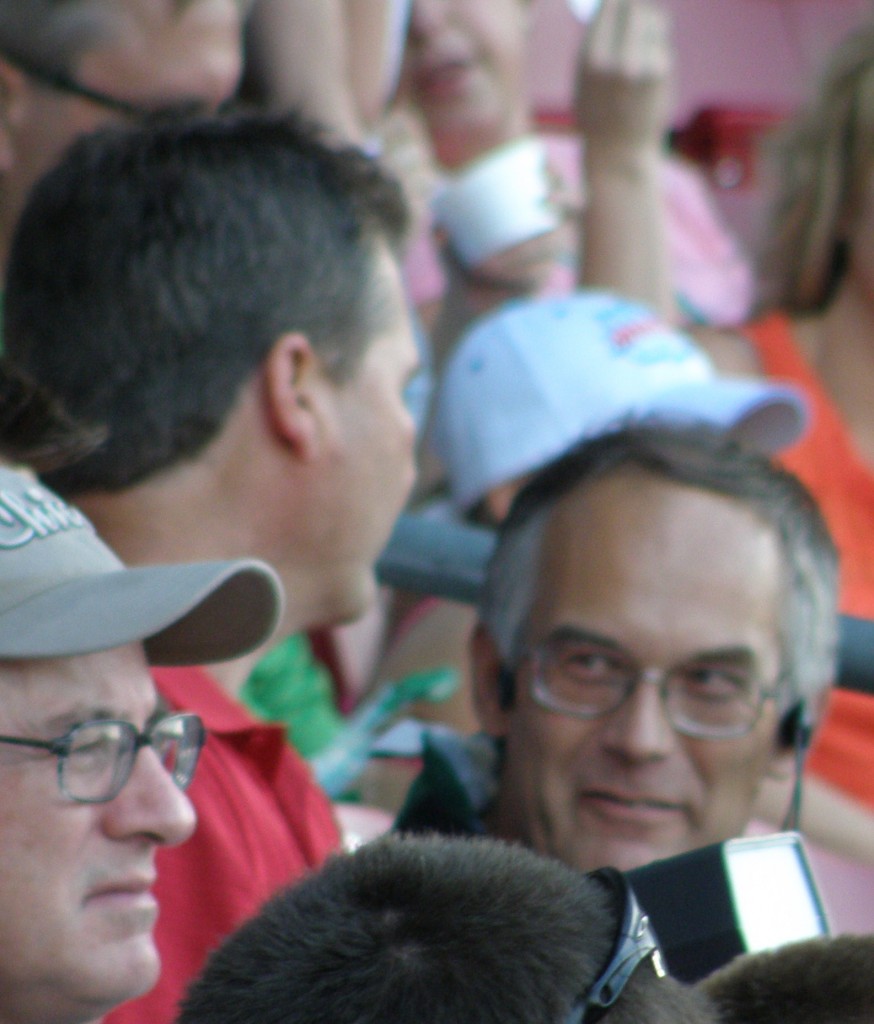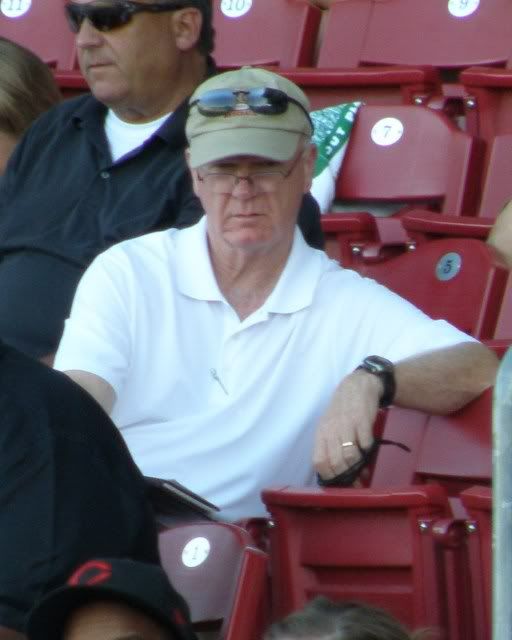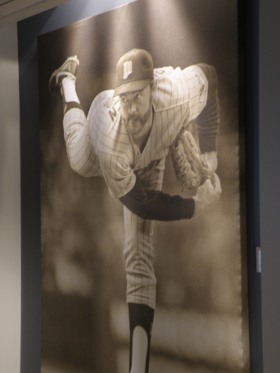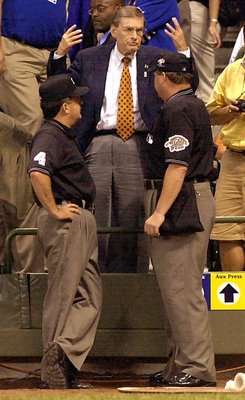These days, it’s not often that I go more than a couple of days without getting asked whether I think the Twins will be the Major League affiliate of my home town Cedar Rapids Kernels in 2013. When I’m not answering that question, I’m the one asking it of pretty much anyone I can think of who might have some insight.
 At the beginning of August, I was telling people I thought it was about a 50-50 proposition. The Twins and Cedar Rapids make a lot of sense for a number of reasons on both sides. Then again, The Kernels have been affiliated with the Angels for 20 years and that’s a long relationship to walk away from. The Angels have been reported as having indicated a desire to keep the relationship going.
At the beginning of August, I was telling people I thought it was about a 50-50 proposition. The Twins and Cedar Rapids make a lot of sense for a number of reasons on both sides. Then again, The Kernels have been affiliated with the Angels for 20 years and that’s a long relationship to walk away from. The Angels have been reported as having indicated a desire to keep the relationship going.
Between early August and a week ago, my hopes for a watching Twins prospects playing for my home town team kept going upward. In fact, just a week or so ago, I was 90% certain that the Twins would be sending their prospects through Cedar Rapids for the next several years.
I kept hearing that it was all but a lock. But I was remaining just cautiously optimistic because you just never know about these things. Weird stuff happens.
Sure enough, in the past week, weird stuff has happened. Stuff that is not good news for a potential Twins/Kernels relationship.
First, you need to understand a little bit about the baseball loyalties in the greater Cedar Rapids area. We sit less than a 5 hour drive from six MLB ballparks. The Twins, Brewers, Cubs, White Sox, Cardinals and Royals are all about the same distance from CR, but the local loyalties are not at all equal.
First, among the group, are the Cubs and it’s really not all that close. Behind the Cubs, come the Cardinals, White Sox and Twins. Which order they fall in would be open to debate, but there’s a pretty strong base of fans for each organization in this area. Next, would easily be the Brewers and an argument could be made that they should be considered near-equals with the three teams above them. Finally, far at the bottom, would be the Royals. To find Royals caps and jerseys around town, you really have to be looking for them.
The Kernels clearly seem to have decided to look in to the possibility of aligning with one of the six MLB teams that are nearby geographically and, if so, have likely already informed the Angels of such. That would be the honorable thing to do, allowing a partner you’ve had a good relationship with to begin thinking about what their options might be on September 16, when teams can start negotiating with potential new affiliates.
A month ago, in looking at the six geographic fits for a new CR affiliate, you would immediately eliminate the White Sox, whose current affiliation with Kannapolis in the South Atlantic League is not up for renewal until 2014 and there’s no indication they won’t remain there in the future. Likewise, the Brewers are signed with with the Wisconsin (Appleton) Timber Rattlers through 2016. The Cardinals and Quad Cities were believed to be happy with one another and an extension was expected. Similarly, Kane County (Geneva IL) was believed to have a solid relationship with the Royals. There were some who weren’t sure the Cubs and Peoria were all that solid, but most people seemed to think they would end up renewing for two more years anyway.
That left the Twins, among the six closest MLB teams, for Cedar Rapids to partner with. It’s a natural fit, beyond just geography. The Kernels are very big on community involvement by their players, with programs in place with local schools, etc. The Twins are also well known for emphasizing community work among their players. It seemed like a match that could last a very long time, which is what the Kernels certainly should be looking for.
Then last week, it all blew up.
On Wednesday, August 22, Chicago Sun-Times reporter Gordon Wittenmyer reported that the Cubs were, “in the process of working out a player development agreement with the Kane County Cougars.”
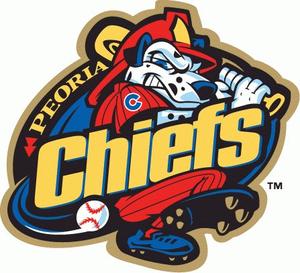 That little ditty certainly must have set off alarm bells in a number of Midwest League offices and MLB team offices, not to mention the office of the Commissioner of Baseball.
That little ditty certainly must have set off alarm bells in a number of Midwest League offices and MLB team offices, not to mention the office of the Commissioner of Baseball.
First of all, under MLB Rule 56, teams aren’t allowed to even hint at a new affiliation with any team except the one they are currently working with until September 16. No negotiating, no public comments, nothing. If, indeed the Cubs and Cougars have been “negotiating,” that could cost the Cubs $500,000 and the Cougars $100,000 in fines. In any event, that article apparently caught the Cubs’ current affiliate, the Peoria Chiefs, by surprise, as well as Kane County’s current affiliate, the Royals. Both of whom supposedly were expecting to renew their agreements with their current partners.
(Here, I must add, however, that if you’ve had all year to renew an agreement that you want to renew, but your business partner hasn’t done so… I think you probably shouldn’t be too surprised to find out he’s exploring other options.)
Here in Cedar Rapids, where a significant number of the BOD are rumored to be Cubs fans, the news signaled that, whether or not they end up in Kane County, the Cubs may very well be in play. If so, you’d think a large faction of the Board may be likely to want to explore a Cubs/Kernels affiliation.
Personally, I don’t think the Cubs would consider moving their MWL affiliate further away from Chicago. But even if we assume the Cubs do eventually move to the Chicago suburbs of Kane County, that would leave the Royals as another potential geographic fit for the Kernels, in addition to the Twins.
Still, the Board would be foolish to sign on with the Royals over the Twins, given the significantly larger local Twins fan base, right? Yes, except…
Did you happen to catch the news that St. Paul Mayor Chris Coleman dropped during a radio appearance a few days ago? He indicated that he expected news of approval of a new minor league stadium in St. Paul within the next two weeks. But he didn’t stop there. In addition to being the home of the independent (no MLB affiliations) Northwoods League’s CORRECTION: American Association’s St. Paul Saints, Coleman announced the stadium, which could be ready in 2 years, would meet MLB standards for Class A affiliates and he believed it could be used for both the Saints AND a potential Class A affiliate of the Minnesota Twins.
St. Paul would fall a ways outside the existing MWL footprint and since existing MWL teams are guaranteed affiliations for as long as they maintain appropriate facilities and can stay financially viable, there are any number of reasons why a St. Paul MWL team might never happen. But it’s not impossible, so you’d better believe Mayor Coleman’s comments must have gotten the attention of people involved with the Kernels.
As demonstrated by their 20 year history with the Angels, Cedar Rapids is not likely to be interested in being any kind of two, or even four, year “stopgap” for the Twins before seeing them bolt for St. Paul. They should want another long-term relationship with an affiliate and, if so, you can be certain the Twins will be asked about their views on a potential move to St. Paul during their presentation in Cedar Rapids.
So how is this shaping up?
I still see the Cubs as a longshot in Cedar Rapids. They seem intent on moving closer to Chicago, not further away. Might they make a presentation to CR to deflect attention from their premature negotiations with Kane County? Sure. But if you’re a CR Board member I think you have to ask yourself if it’s a good fit. First, can you trust the Cubs not to go behind your back in a couple of years like they did with Peoria? Second, there are rumors that the Cubs require the local affiliate to pay their prospects for “community appearances.” That won’t fly in Cedar Rapids. Still… there may be people who would (foolishly, in my opinion) take the Cubs on any terms, even for just a couple of years.
I see the Twins as back to being a 50-50 proposition and maybe not that high. They are by far the best fit for Cedar Rapids, but if the Twins really are thinking that they would eventually like to place their MWL affiliate in St. Paul (and that may not be a bad decision on their part), I believe they are the kind of organization that would at least be honest with the Kernels in their presentation and admit that’s a reasonable possibility. If that is the case, I think that could chill interest on the part of the Kernels.
If the Cubs do move to Kane County, as it seems they’re intent on doing, and the Twins are not looking for a long-term partner, the Royals become the best bet for Cedar Rapids.
But if the Twins don’t land in Cedar Rapids, then where WOULD they set up shop in 2013?
I f they think they’ve figured out a way to clear all the hurdles to get their team to St. Paul in two years, their best decision might be to stay in Beloit for a two-year extension. Otherwise, it sounds like Peoria might be the Twins only option, assuming they want to stay in the MWL’s Western Division. (I should note the Quad Cities and the Cardinals have not yet renewed, so QC could be in the mix, but the Twins relationship there did not end well eight years ago and new QC ownership may not be enough to interest the Twins in going back down that path.)
f they think they’ve figured out a way to clear all the hurdles to get their team to St. Paul in two years, their best decision might be to stay in Beloit for a two-year extension. Otherwise, it sounds like Peoria might be the Twins only option, assuming they want to stay in the MWL’s Western Division. (I should note the Quad Cities and the Cardinals have not yet renewed, so QC could be in the mix, but the Twins relationship there did not end well eight years ago and new QC ownership may not be enough to interest the Twins in going back down that path.)
For months, any time officials of any minor league or Major League team have been asked about possible new affiliates, they’ve refused to go on the record with any predictions (except the Cubs and/or Cougars, apparently). After all the speculation, it looks like we’re all just going to have to wait another month to see where all the chips fall.
However, I’m REALLY bad at waiting, so you shouldn’t be surprised if this is not the last time I post on this topic.
– JC




